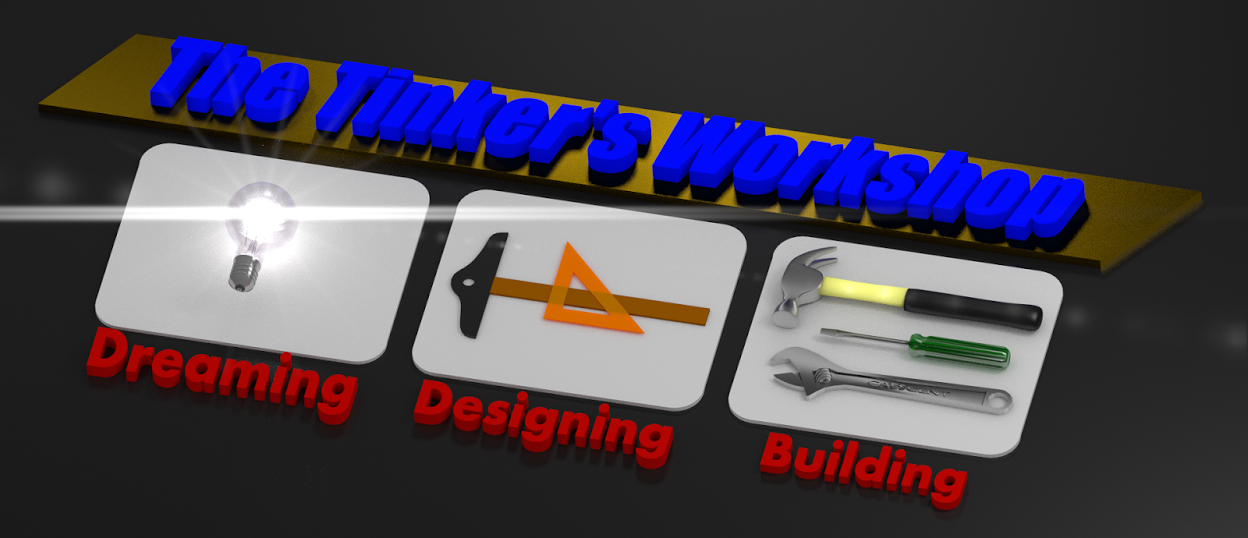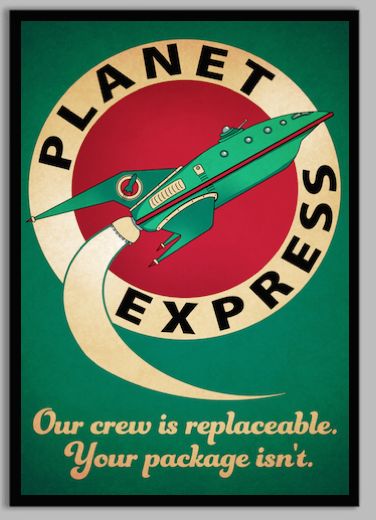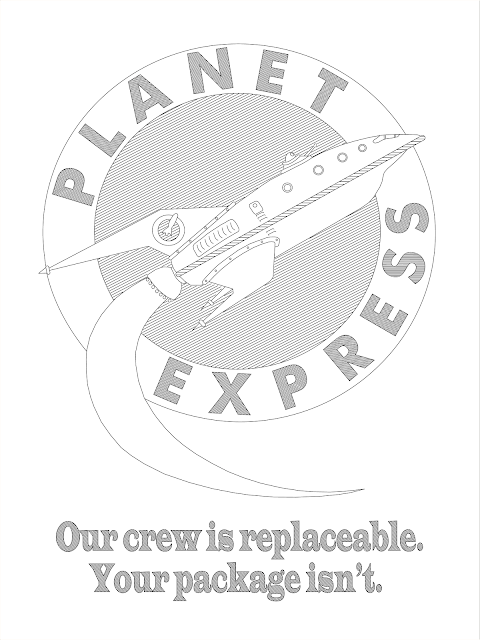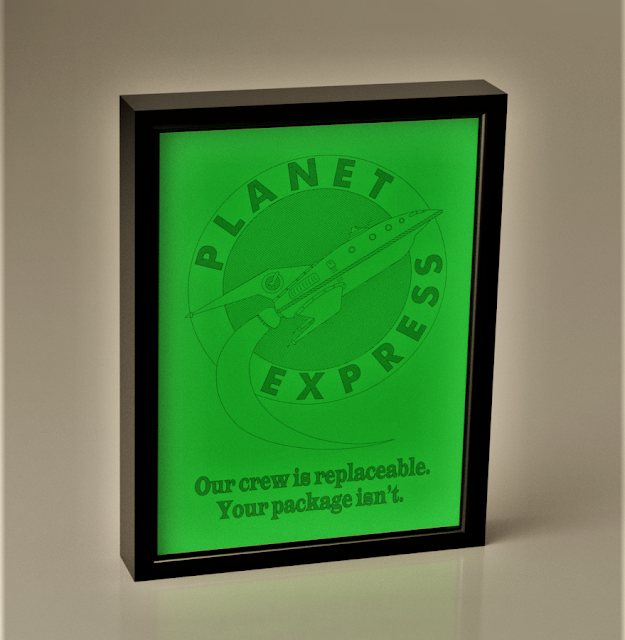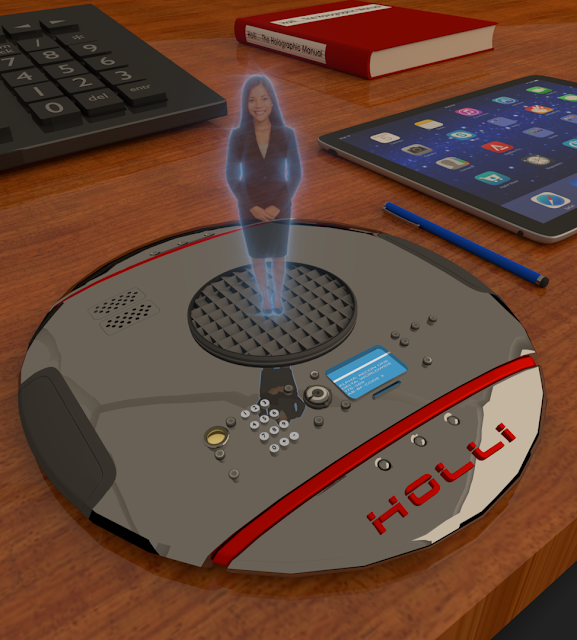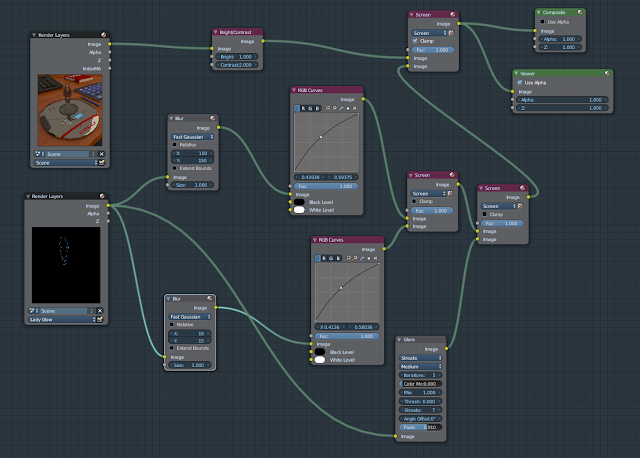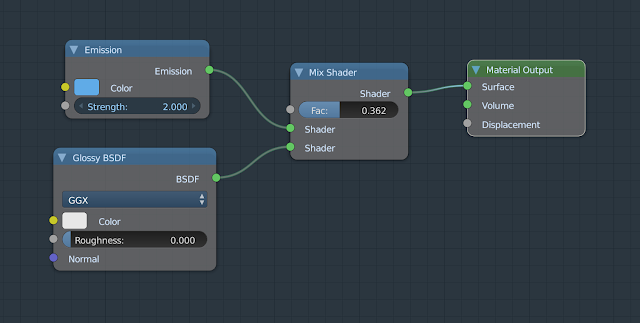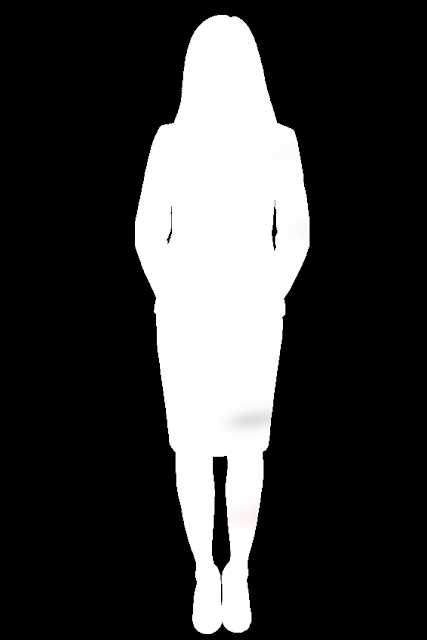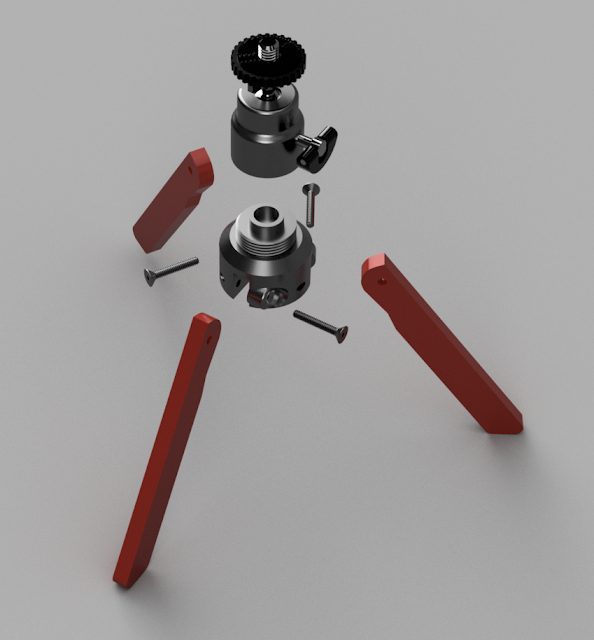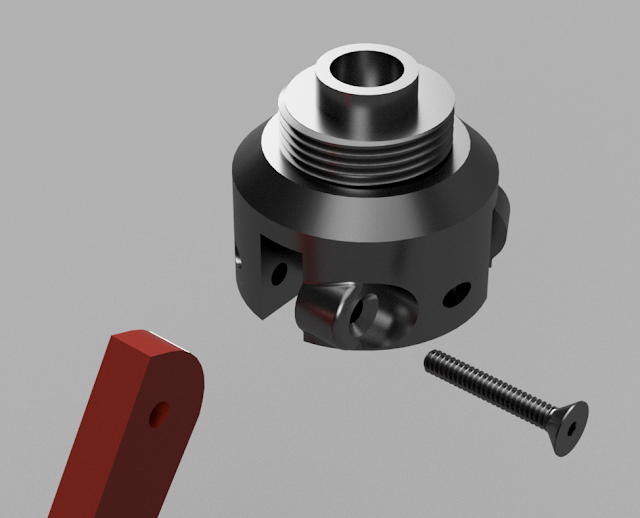Today while working on the Planet Express project I managed to complete the printing of the final Mylar inked print that I have planned for the project using my Toolbotics "Tooli" machine.
I've always wanted a pen plotter that could create large prints and this machine is perfect for the job. Along with plotting it has quite a number of other capabilities that it can perform. The machine that I own pictured above is the largest version which Toolbotics make that will handle a poster sized print.
The Toolbotics company from Australia got it's business up and running through Kickstarter at least a year ago. That is where I first saw the machine and was immediately convinced that I wanted one for the projects that I create in the shop. Along with plotting it has the capability to air brush images, laser engrave wood, laser cut paper, cloth and cardboard along with pick and place parts, and even extrude frosting to decorate a cake!
I have just started working with the machine and have most if not all of the components to do all of these tasks and more so I have a lot to learn to get up to speed. As for right now I am more than happy to be able to create the pen and ink line drawing on Mylar for my latest project.
I have just started working with the machine and have most if not all of the components to do all of these tasks and more so I have a lot to learn to get up to speed. As for right now I am more than happy to be able to create the pen and ink line drawing on Mylar for my latest project.
The print you see here for the Planet Express project is 18 x 24 inches and it looks perfect. I just have to set it aside for now so that I can keep it safe until I do the final assembly to display it.
The Tooli is a great machine and very well designed and built. It will be fun figuring how to work with all of the different features that the machine has and will open up new capabilities for future projects. For more information about the Toolbotics "Tooli" you can check out the link I've provided below.
